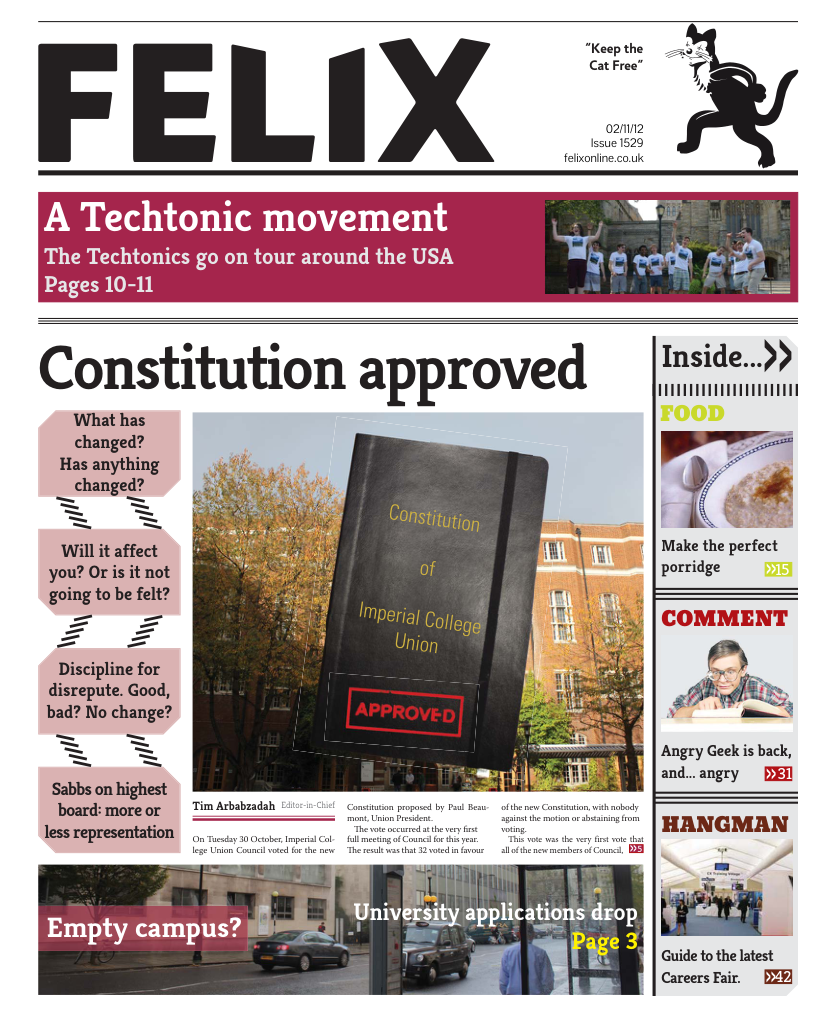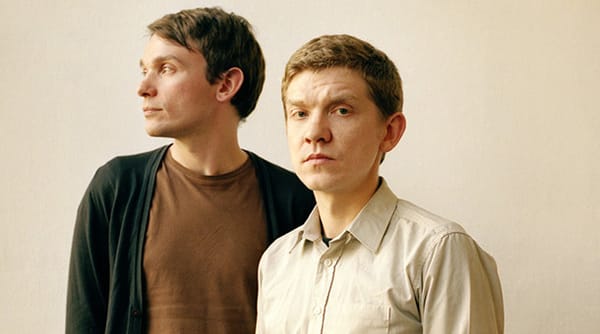You Don’t Have To Call It Music #4
Pt. 4 elektronische Musik
or: drums are from Africa, synths are from Germany
While the Parisian advocates of musique concrète exposed the song of every day sounds, elsewhere in Europe, the avant garde was focusing on the musical potential of electricity. Despite their use of the tape reel as a medium for sampling and manipulating natural noises, the Germans, perhaps unsurprisingly for a people so renowned for their technical prowess, set about developing new ways of artificially synthesizing sounds completely foreign to the naked ear. The whims of a few visionaries were to completely revolutionize the potential of music, opening a new domain in which sound could be made.
In 1948, Meyer-Eppler, a phonetics academic, met Dudley, an American research physicist at Bell Labs. Dudley brought with him from Bell the newly developed Vocoder, a device that allowed for speech analysis and synthesis. (The groundbreaking 1970’s electronic group Kraftwerk were one of the first ‘pop’ bands to use this Vocoder for musical means, rather than for speech research. The infamous Auto-tune technique, which corrects a singer’s pitch digitally is its modern analogue.) An increasing frequency of lectures and conferences would foster a network of composers and researchers pioneering new methods of synthesizing sounds from electronic circuits. In 1953, a handful of them founded the now iconic Cologne studio for electronic music in the Westdeutscher Rundfunk (WDF) headquarters.
By far the best known member of the Cologne studio was Karlheinz Stockhausen. Perhaps the most prolific proponent of elektronische Musik, he composed from 1950 until his passing in 2007. The following year, the Southbank Centre curated a week-long festival dedicated to him, where audiences were treated to his vast repertoire ranging from piano, percussion and tape performances, to a series of recorded lectures offering his unique vision for modern music. Some of his instructions for improvised collaboration are strongly reminiscent of John Cage: “Play a vibration in the rhythm of your body; of your heart; of your breathing; of your thinking; of your intuition; of your enlightenment; of the universe.” Other compositions are of baffling ambition, such as his Helicopter String Quartet. With Mikrophonie, he ventured to use the microphone as a musical instrument (sic), using it to reveal otherwise inaudible vibrations of traditional instruments.
The German technocrats were not in complete disaccord with the concrète school however, though some refused to use any sound that was not purely electronically fabricated. What Pierre Schaeffer and his friends in Paris had done was reveal the nature of sound, and to some extent attempt to formalize it. It was only from these foundations that the Germans could then build the electronic devices to replicate such sounds and give them more than a robotic character. Indeed, it was Schaeffer himself who described the Attack/Delay/Sustain/Release envelope, ubiquitous in modern synthesizers, in his seminal 1952 publication, Á la recherché d’une musique concrete.
This regional obsession with technology was certainly passed down to the younger generations. After the summer of love and the hippie movement that came with it, there was a similar psychedelic turn in German rock music. One notable difference was the propensity of the krautrockers to use new synthesizers alongside a traditional power trio line-up. The result was a for more tripped-out version of what the Americans had achieved, reminding more of trips to the end of space than the backyard garden. For a prime example of the krautrock phenomenon, try lending your ears to Cluster’s Sowieso or any of Tangerine Dream’s early records.
The exploratory urge of elektronische Musik remains strong today, with musicians like Keith Fullerton Whitman (breakcore alias Hrvatski) and Florian Hecker (recently awarded a grant by the MIT Media Lab to compose Chimerization, a tryptich in English, Farsi and German) wreathing stunning noises from custom modular synthesizers. Berlin based record label PAN have recently released some incredible records from people like Chicagoan Ben Vida, whose latest offering, Esstends-Esstends-Esstends, is designed to stimulate bones inside the inner ear.
With the advent of the personal computer, the challenge lied no longer in how far our instruments could take us, but where to could the mind extend. While obvious barriers lie on the way to realizing one’s vision, it is now possible to create virtually any sound possible. Whether in wood, brass, hardware or software, there exist the means.







